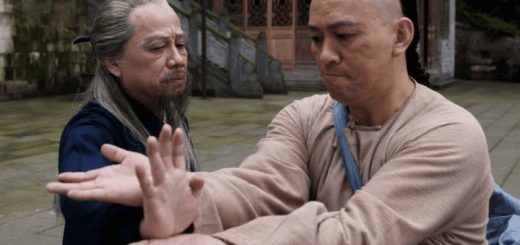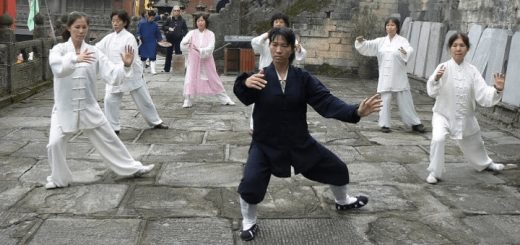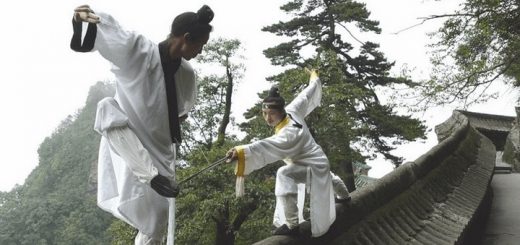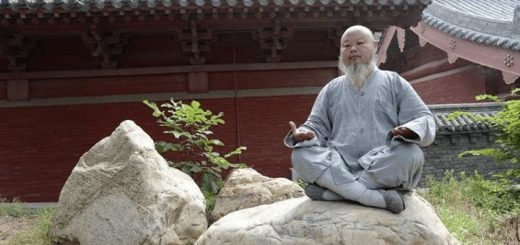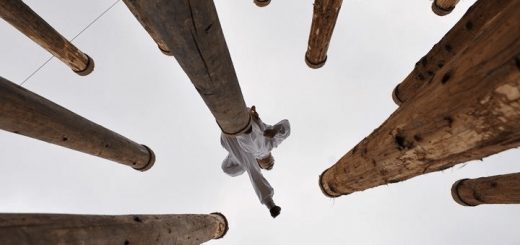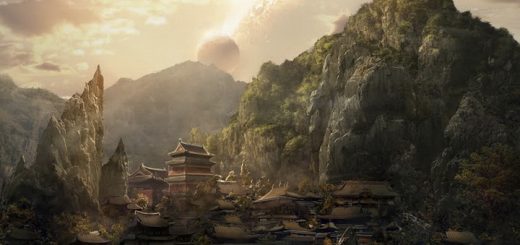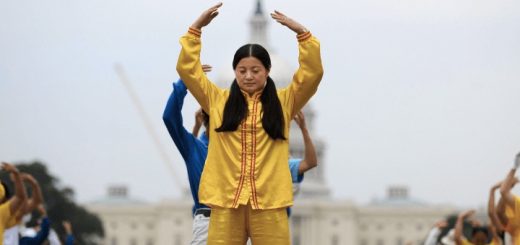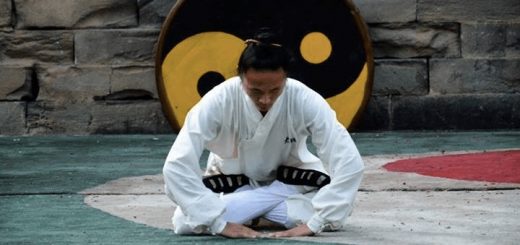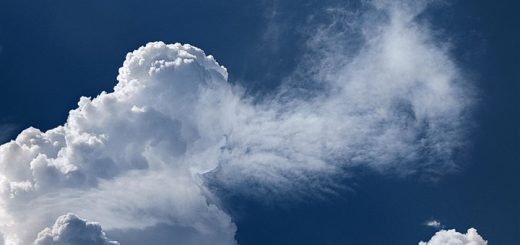Knowledge transmission lines in Taijiquan in Zhen Dao Pai
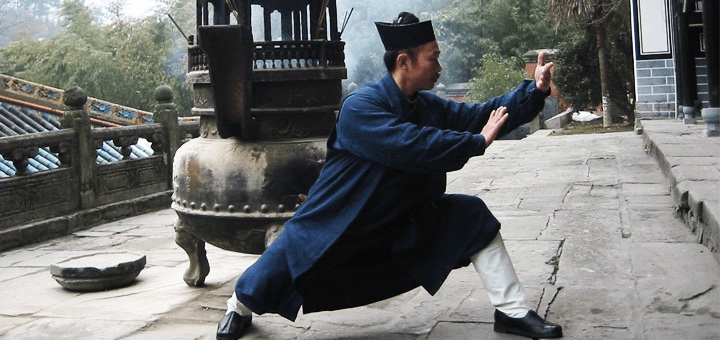
Taijiquan (太極拳), or “Supreme Ultimate Fist “, is a very deep art, which can be used as a system of self-improvement and also as an art of fighting. It is often said that, when learning Taijiquan, it is important to be sure that your teacher has received his knowledge from the other teacher and so on, up to the founder of the style. Of course, it is the right point of view, but is it as simple as it may seem at first sight?
The truth is that, even with a transmission of knowledge, the Master may either not have a full knowledge or not to transfer it further.
Let’s remember the history of the Yang style. Having arrived in Beijing, Yang Luchan earned the nickname “Yang the Invincible” when fighting different opponents. Later, he began to teach Taijiquan to the members of the royal family and nobles, and to those who had a genuine interest in the art, he transferred the knowledge entirely. Of course, the full amount of transferred knowledge was not easy to learn, and included many complexes and methods of training.
However, after the fall of the imperial dynasty, Yang families were forced to earn their living by teaching Taijiquan to everyone. In order to make it possible, it was necessary to make the style more accessible and easy. Moreover, the Yang families had no desire to disclose all the secrets of marital arts to anyone who wanted it. For these reasons, the style taught to a wide public had to be simplified.
It is also known that the sons of Yang Luchan – Yang Jianhou and Yang Banhou – although had a full knowledge of the family style, yet taught only some of its sections. Thus, Yang Banhou taught mainly the Large and Small frame, and Yang Jianhou taught the Large frame and the Old frame. The son of Yang Jianhou, Yang Chengfu, taught mainly the Large frame to all students, and the complex Long Fist (Changquan) was given only to the elected disciples. In such a way, we can see that different representatives of the Yang family taught their students in different ways, and did not disclose all of their secrets not only to a wide audience, but sometimes even to their close disciples.
Therefore, even direct transfer cannot always guarantee the completeness in studying of the art.
For example, nowadays the Large frame, where movements are performed softly and smoothly, can be seen widely, but just a little is known about the Old frame, the Fast frame or training of the fast power issuing (Fajin) in the Yang style (and derived styles), and very few people know about their existence.
Now let us have a look at Taijiquan that is studied at the School Zhen Dao, and its transmission. The current Grandmaster of our School Lu Shiyang studied Taiji Quan under the leadership of two prominent masters – Xiao Gongzhuo and Zhao Bin.
These transmission lines are shown below:
Yang Luchan (杨露禅) – Fu Zhou (富周) – Fu Ying (富英) – Xiao Gongzhuo (萧公卓) – Lu Shiyang (吕實陽) – Vitaly Filbert
Yang Luchan – Yang Jianhou (杨健侯) – Yang Chengfu (楊澄甫) – Zhao Bin (赵斌) – Lu Shiyang (吕實陽) – Vitaly Filbert
One of the foremost disciples of Yang Luchan was Fu Zhou, he was a descendant of a noble family, and a General. Zhou was one of the chosen disciples, which learned a complete training system from Yang. Back in those days when the son of Yang Luchan, Yang Banhou, decided to change the system of transfer of mastery Taijiquan in order to keep the family art, Fu Zhou refused to change the system of training and continued to work in a similar manner as was taught to him by Yang Luchan.
Later, he transferred his art to his son Fu Ying, who did teach all his knowledge to Xiao Gongzhuo. As Master Lu Shiyang studied Taijiquan not only from Zhao Bin, who was a nephew of Yang Chengfu, but also from Xiao Gongzhuo, methods and forms that are taught in our School, are difficult to see somewhere else, except in the Xiao line.
Below is a brief description of only a few forms of Taijiquan Yang style, which are studied in the School Zhen Dao after mastering the basic principles and movements.
- Large form (Da jia – Large frame) is a basic form, which lays the foundation for further mastership. Motions in the form are slow and smooth, breathing is calm, and breath in and out are correlated with the principles of opening and closing. Practicing this form helps to improve the circulation of Qi in the body, learn to make the heart and mind calm, and, therefore, the therapeutic effect of this form is quite high. The main stance in the form is Gongbu, with 70% of the weight on the front leg.
- Low frame (Di jia) is designed to increase the internal strength of the body. Therefore, the motions are performed in low stances, which makes it different from the Large frame.
- Old Frame (Lao jia) also differs from the previous frames. A series of movements are performed differently, which makes it possible to see additional applications and to have a deeper understanding of the principles of Taijiquan. The main stance, which is used in this frame, is Santi (with 70% of the weight on the back leg). It allows to have deeper understanding of combat application of the forms, and to lay a good foundation for the effective power issuing (Fajin) in real conditions, not just in formal exercise.
- Fast Frame (Kuai jia) is a special fast form of Taijiquan Yang style. All movements are performed quickly and lightly, and the power issuing (Fajin) is explosive and powerful. Actually this form allows one to truly understand how to use the movements of Taijiquan in a real fight.
- Small Frame (Xiao jia) has movements of a low-amplitude, but in spite of this, the power issuing is still explosive and powerful. In some directions of Taiji Masters, Kuai jia and Xiao jia are studied as one form. In other schools, including our, there is a difference between these forms, which is in the amplitude of movement that has an impact on the characteristics and performance of movements.
